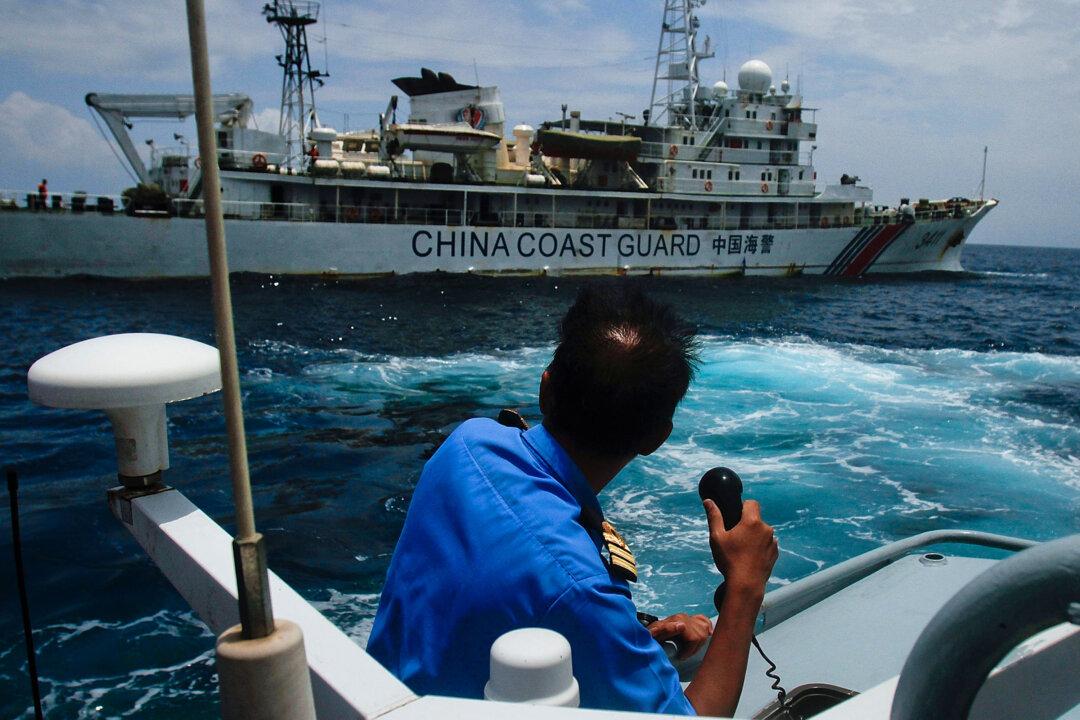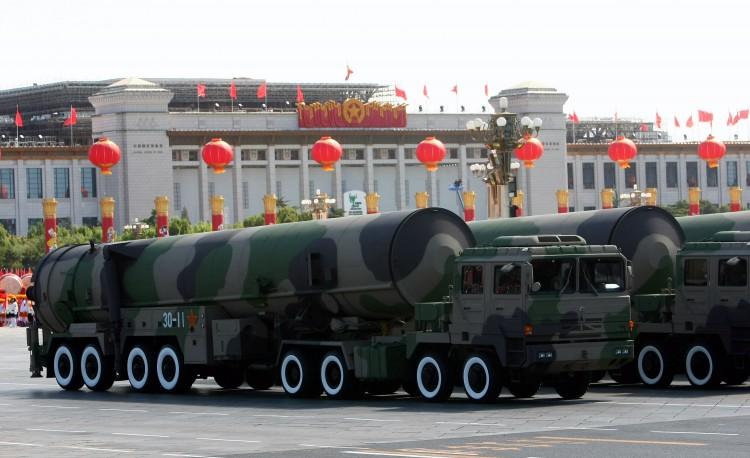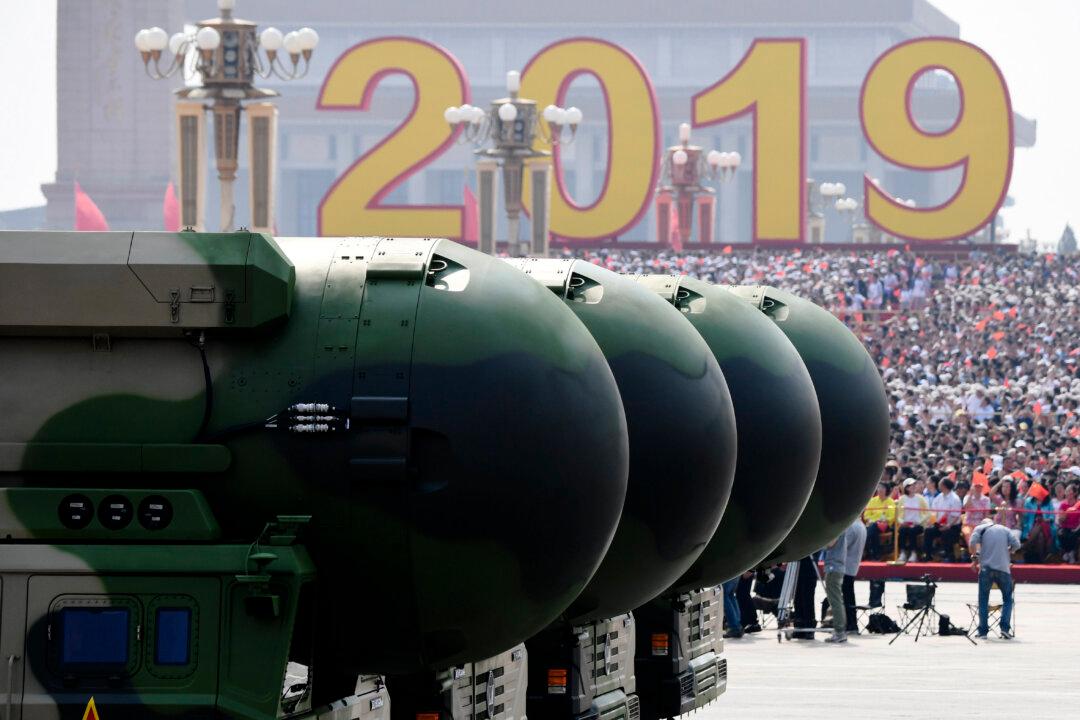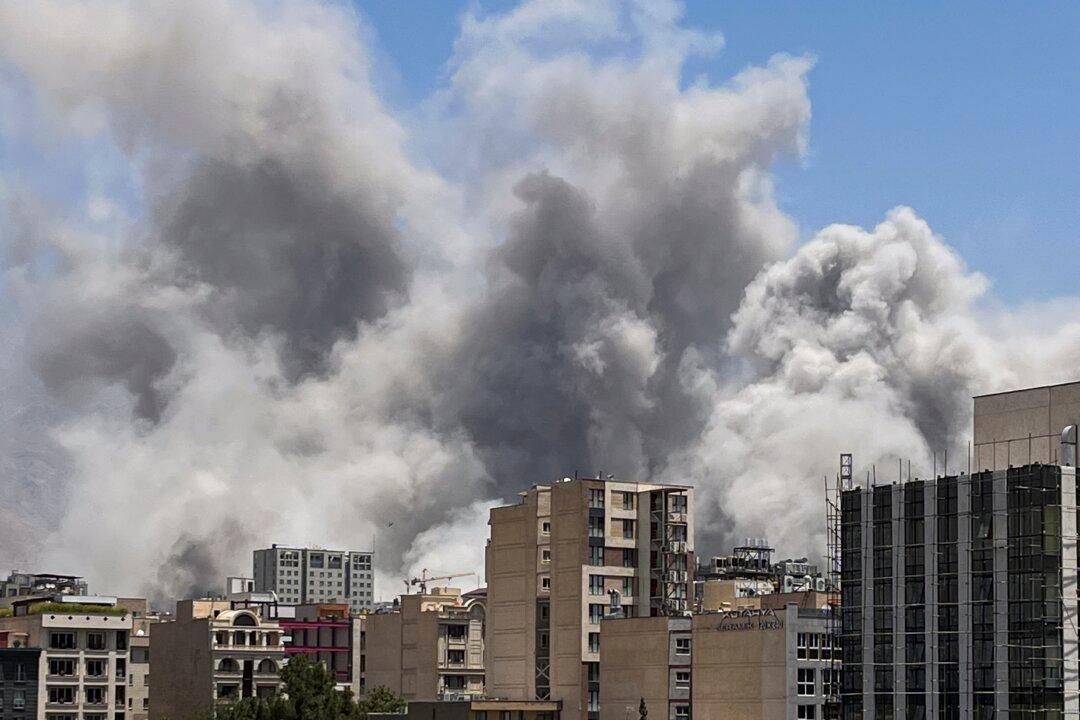News Analysis
When it comes to the hotly-disputed waters of the South China Sea, Beijing has never been one to make any concessions on its claims—supposedly based on historical right—to nearly the entire sea fed by the trade chokepoint at the Strait of Malacca.
And faced with mounting international opposition, China seems desperate to generate a veneer of support to lend an air of legitimacy on its claims.
In an ongoing international legal arbitration, Filipino authorities and legal experts have argued repeatedly that the Chinese claims are no older than 2009, when the communist regime pushed out an oft-referenced “nine dash line” that infringes on the existing holdings or claims of no less than six Southeast Asian countries.
The arbitration is being handled in The Hague and is expected to produce a verdict in Manila’s favor in the upcoming ruling on July 12.
China has vowed to ignore The Hague’s ruling, but there are indications that the arbitration comes as a dangerously solid challenge to its fabricated narrative.
The consolidation of opposition to Chinese expansion seems to have kicked the communist propaganda machine and China’s diplomatic efforts into overdrive. Chinese state-run mouthpieces have already dismissed the proceedings as a “farce,” and pushed to rally support across borders.





